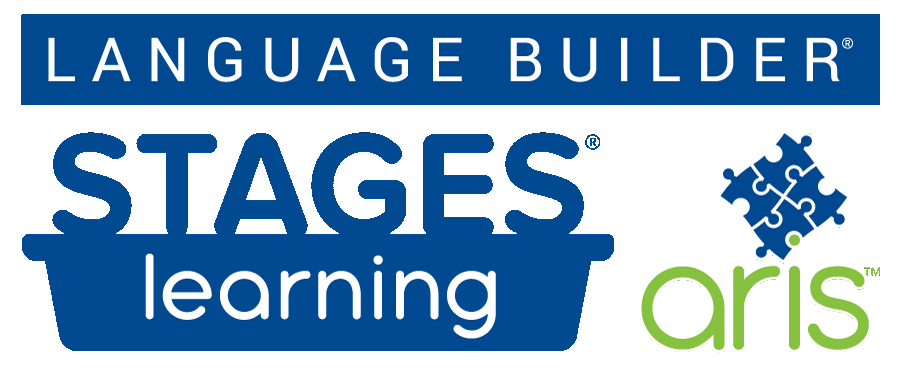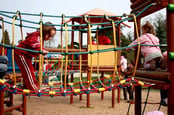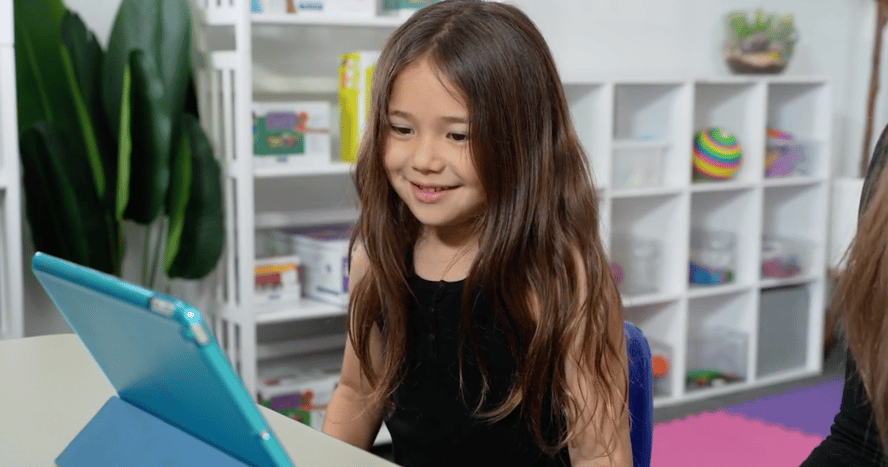
Ways to Help Your Child with Autism Feel Safe and Secure: Best Practices for Setting Up a Routine Schedule in Your Home
The coronavirus (COVID-19) pandemic has forced schools, offices, stores, care centers, and other businesses to close suddenly. While these closures are important to ensure the health and safety of all families, the disruption in routine and navigating unforeseen circumstances can leave families of children with autism stressed and anxious.
For children with autism, one of the primary diagnostic criteria is that the individual shows restricted, repetitive patterns of behavior, interests, or activities, as outlined in the DSM-5. Children with ASD typically like having a repetitive, structured schedule, and they thrive in conditions where surprises and change are kept to a minimum. With schools being closed indefinitely, there may be concern surrounding how children will navigate the extended time at home and the change in daily routine. Lack of routine can mean increased anxiety, stress, and loss of skills students may practice daily in school.
While some school districts are offering alternative online schooling, it is not accessible to all students. For children who receive special supports or therapies throughout the day, they may be missing out on certain valuable learning experiences. Additionally, parents and siblings are also unexpectedly working or learning from home. This can cause additional chaos in the home. Creating a routine schedule to follow while children and families are home can help ease stress.
Why Schedules are Important
Schedules are important because they maintain a child’s understanding of routine, which provides comfort. Schedules can help children with autism cope with depression, anxiety, and uncertainty that comes with everyday activities. Creating schedules allows for opportunities for children to practice self-regulation.
Children with autism often experience difficulties with changes in their schedules. While the comfort of school routines have been interrupted and families are home indefinitely, creating a concrete schedule can give children a sense of regular routine and order. Maintaining a schedule will also help children better transition back to school when the time comes.
No matter your child’s language level, schedules can be adapted in many ways to suit their communication skills. Children with autism often have difficulty understanding receptive language, or the words, sentences, and meanings of what they hear and read. Visual schedules, ones that are illustrated with familiar pictures, show a child their routine schedule in a way that is easier for them to process.
Creating a Schedule
To begin creating a schedule, make a list of the core things your child does throughout the day.
This may include:
- Morning Routines (getting dressed, making bed, eating breakfast, etc.)
- Education (online learning, alternative learning, therapies, etc.)
- Chores (putting laundry in the hamper, dishes, sweeping, etc.)
- Preferred Activities (any preferred free-time activities such as video games, drawing, sports, etc.)
| Keeping as much of your child’s daily routine at school as similar as possible may be helpful in transitioning to a new home routine. |
Outlining the daily activities that children routinely do will be the base of your schedule. Keeping as much of your child’s daily routine at school as similar as possible may be helpful in transitioning to a new home routine. For example, if your child typically has reading, math, gym, then lunch at school, try to structure your at-home schedule in this order. It's important to create a schedule that also allows for a lot of flexibility to allow for children to become used to it and ease stress around it.
When creating your schedule, remember…
- Your child should be involved in creating the schedule. Having your child be part of the process in creating a schedule can be helpful. It can be a way to ease anxiety and allow your child to feel a sense of control and familiarity. Children may help listing things they regularly do at school or things they like to do during their free time to include in the schedule.
- Your child should manipulate the schedule. To create a sense of ownership and self-regulation, children should physically manipulate the schedule. This may mean checking items off the list, crossing days out, or moving pictures. This may require the assistance of another family member if needed.
- Limit the number of activities and the time each activity takes. Each activity should be limited in the amount of time it takes. While a child may normally participate in 45 minutes of math instruction at school, they are now learning at home and in an environment they are not used to. Instead, aim for 15 minutes of math instruction and adjust accordingly.
- Create a balance between challenging activities and preferred activities. While your child is adjusting to their new routine or learning at home, it is important to create opportunities for children to participate in preferred activities as often as they complete more challenging activities. For example, if a child does 20 minutes of reading instruction, they should be rewarded with 10 minutes of screen time. Time allotted and frequency of offering preferred activities can be adjusted accordingly.
- Choose prompting phrase(s). To promote self-regulation and encourage your child to follow their schedule, it’s important to consistently use prompts that help them navigate their routine. For example:
-- “It’s time to check your schedule,”
--“First we will… then we will…” and
--“What comes next?”
These prompts may help your child understand how to interact with their schedule and follow it successfully.
- Use the same image consistently to represent the activity. For children who use visual schedules, it’s important to use the same icon consistently. This helps children develop familiarity and understand what is going to happen. Where possible, use real photo images rather than drawings, because children with autism tend to be very literal and visual learners. A real photo is less confusing than a drawing or cartoon image.
- Keep the schedule in the same spot. Keeping the schedule posted in the same spot will help children create a sense of familiarity and knowledge to know where to check their schedule when needed. If you have one, use a large white board or bulletin or magnetic board.
Example Schedule
While children are out of school and may not have their normal school work to complete, fulfilling alternatives can be used. For example, instead of school gym class, a yoga video at home may work. Or, instead of school writing center, practicing writing a letter to a friend may work! It’s okay to be flexible and find non-traditional experiences that can help support your child’s learning and development during this time.
Example: “Today we are home. First yoga, then math.”
Today: Home 
|
Time |
Activity |
Done? |
|
8:00-9:00 -Morning Routine. -Breakfast. |
|
✔ |
|
9:00-9:30 Yoga. |
|
✔ |
|
9:30-10:00 Math. |
|
✔ |
|
10:00-10:30 Free Computer Time. |
|
|
|
10:30-11:00 Reading. |
|
|
|
11:00-11:30 Lunch. |
|
|
|
12:00-12:30 Outside play. |
|
|
Navigating the Unexpected
As you begin to create a schedule for your child, remember to be patient with yourself. There is a lot of uncertainty and stress during this time, and as your family adapts to a new routine at home, things may not be perfect. It’s important to remember to include breaks or opportunities to relax throughout the day to avoid becoming overwhelmed during this time.
The daily routine may have to change from time to time, and it is important to communicate with your child what those changes will be and how the order of their day may change. Offer visuals of these changes to help.
Challenging behavior may occur, and that is okay too. Like everyone, your child is experiencing stress and unexpected changes to their lives. Stay focused on guiding your child through the task that is occurring and transitioning to the next activity as the schedule indicates to continue establishing a new routine.
For one mother’s experience on having her son’s routine interrupted see:
This article was based on the following research:
https://www.appliedbehavioranalysisedu.org/why-is-routine-so-important-to-people-with-asd/
https://www.autismspeaks.org/sites/default/files/2018-09/Sleep%20Quick%20Tips.pdf
https://www.autismspeaks.org/news/how-cope-disrupted-family-routines-during-covid-19













